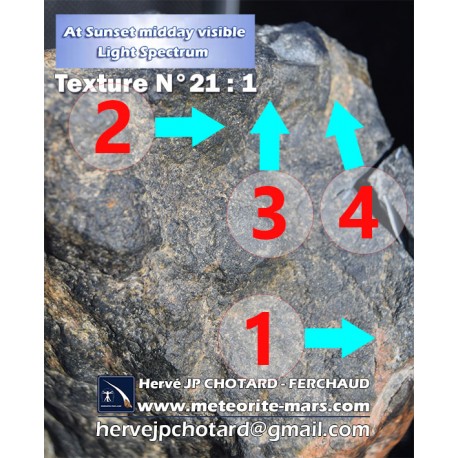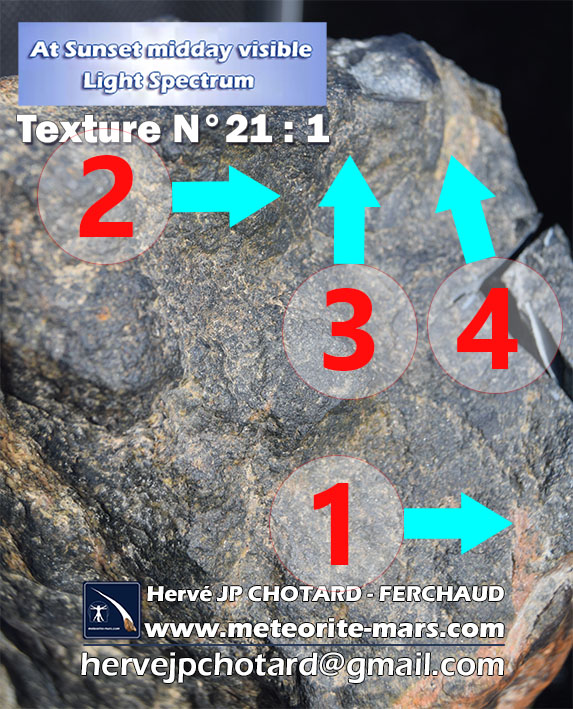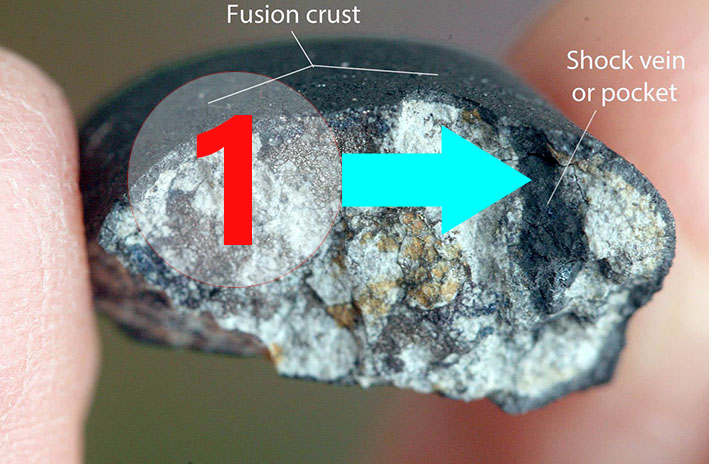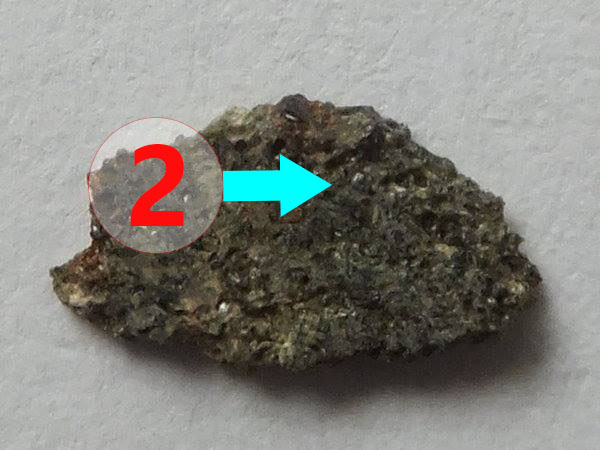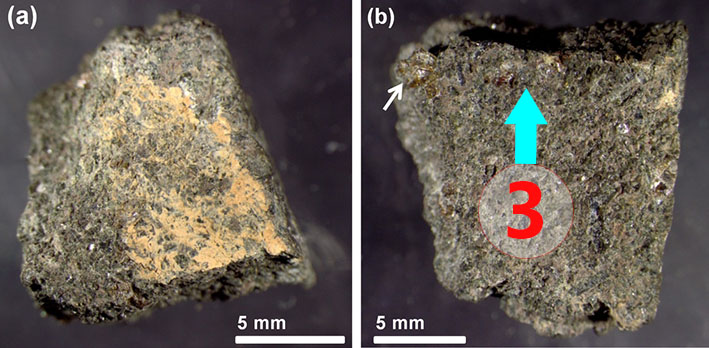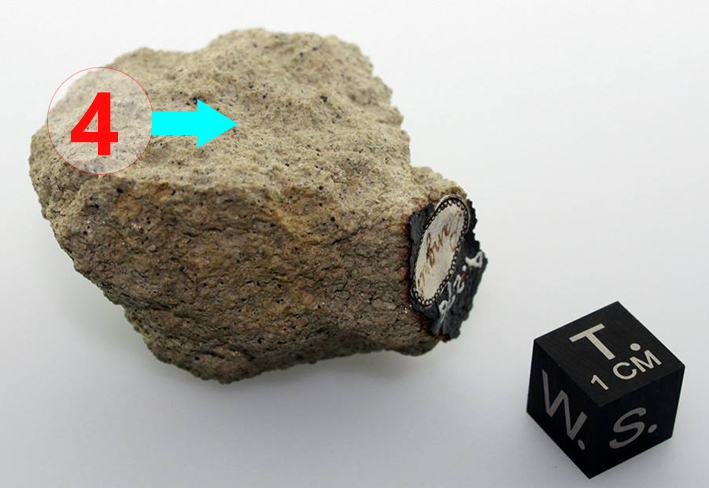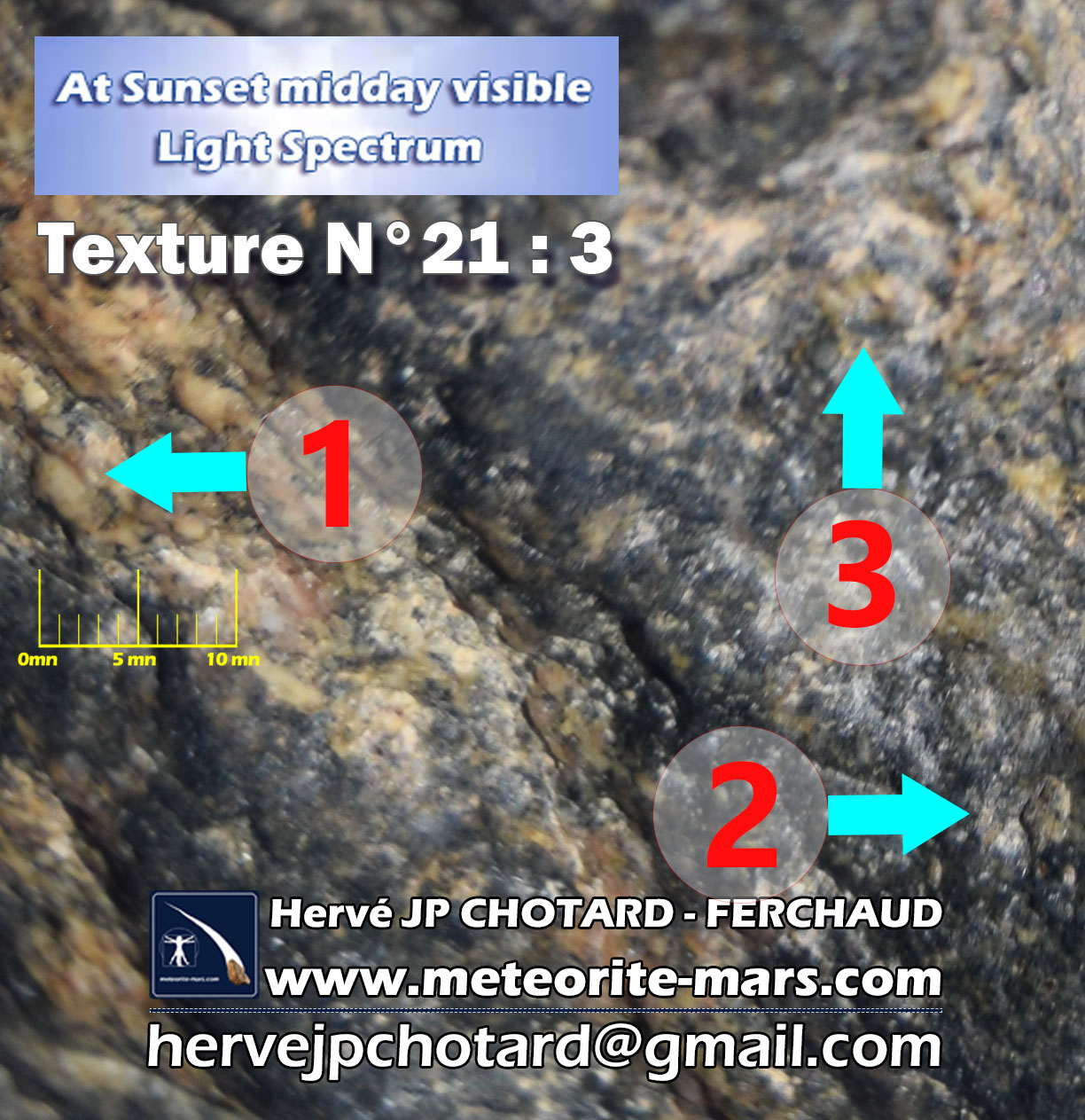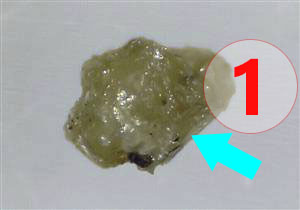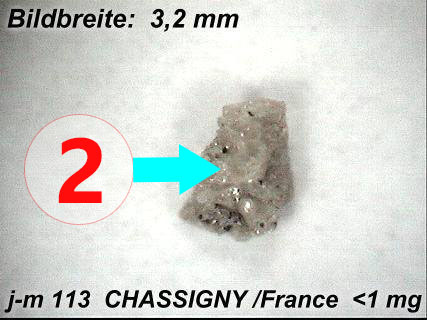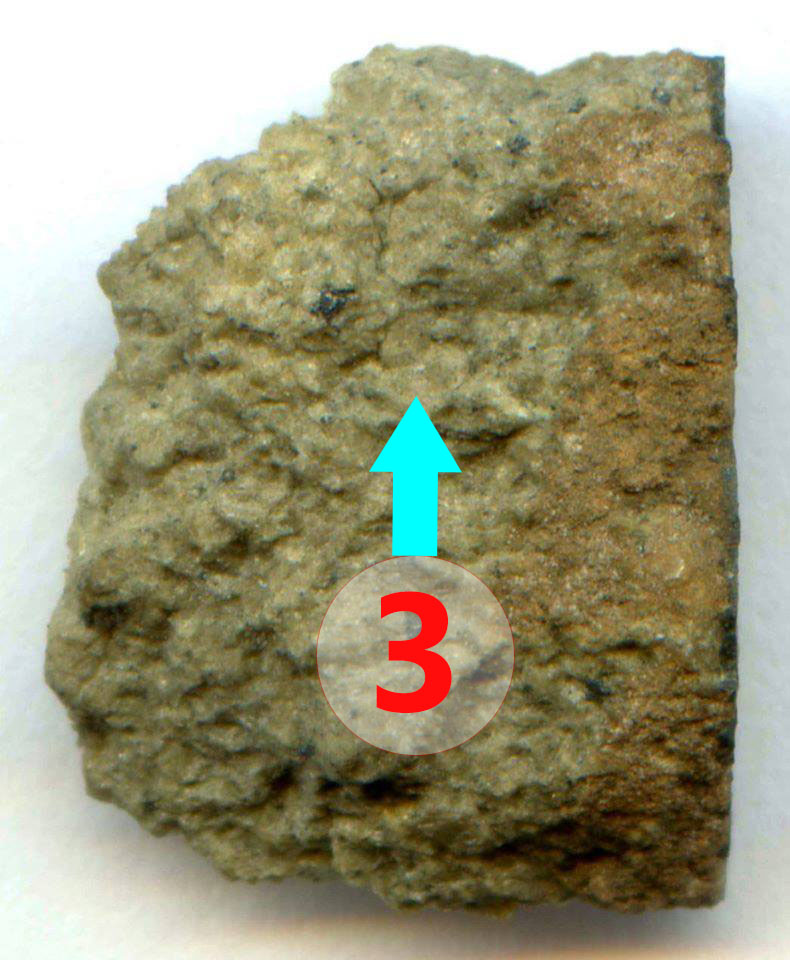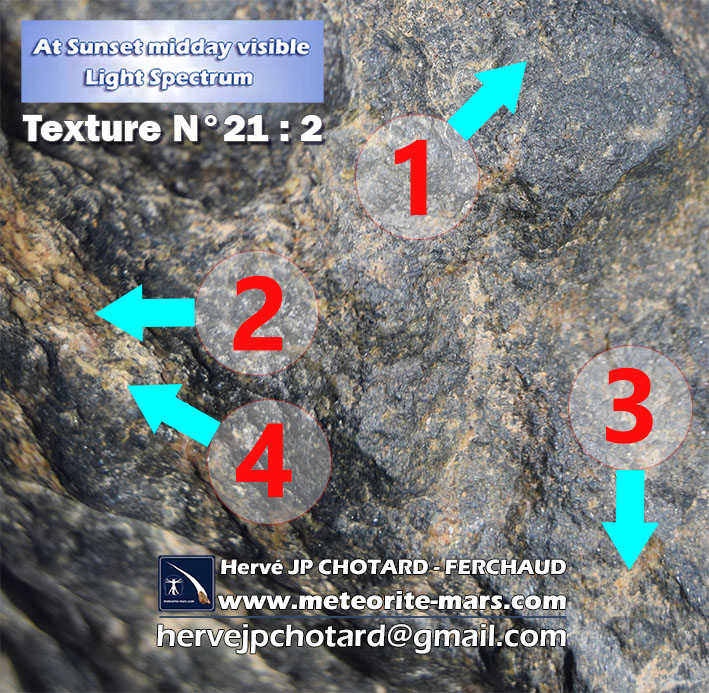
Comparatifs textures Martian Météorite examples Météorite CH NAK Chizé and Chassignite NWA 8694 (a single 54.80g)
Chassignite NWA 8694, martian meteorite, Mars Meteorite 0.162g part slice
Weight : 0.162 g Size : 7 x 4 mm
1 180,00 USD
Environ 1 103,27 EUR
http://www.ebay.fr/itm/Chassignite-NWA-8694-martian-meteorite-Mars-Meteorite-0-162g-part-slice-/321811749106
The missing link between the Chassignites and Nakhlites?
This is a cumulate dunite (85% olivine) with an adcumulate texture with small patches rich in interstitial material having an orthocumulate texture
Part slice with fusion crust
Weight : 0.162 g Size : 7 x 4 mm
Accompanied by a display box and certificate of authenticity
I am the owner of the NWA 8694 chassignite, follow me on FaceBook > Labenne Meteorites on FaceBook
NORTHWEST AFRICA 8694, A FERROAN CHASSIGNITE. R.H. Hewins1,2, B. Zanda1,2, S. Pont1, M. Hu- mayun.3, N. Assayag3 and P. Cartigny3. 1IMPMC, MNHN, 75005 Paris, FR. 2Rutgers University, Piscataway, NJ
08854, USA. 3Florida State University, Tallahassee, FL 32310, USA. 4IPGP, Univ. Paris Diderot, F-75005 Paris, FR.
http://www.hou.usra.edu/meetings/lpsc2015/pdf/2249.pdf
From the Meteoritical Bulletin > http://www.lpi.usra.edu/meteor/metbull.php?code=61276
Northwest Africa 8694 (NWA 8694)
Morocco
Purchased: 14 July 2014
Classification: Martian meteorite (Chassignite)
Physical characteristics: A single 54.80g flattened spherical stone, almost entirely covered by fusions crust.
Petrography: (R. Hewins, S. Pont, B. Zanda, MNHNP) This meteorite is a cumulate dunite with 85% highly fractured olivine. It has an adcumulate texture with small patches rich in interstitial material having an orthocumulate texture. The main intercumulus phases are pigeonite and augite, both with very fine (1 μm) exsolution lamellae,and glass. Minor phases include chromite, partly enclosed by olivine, and ilmenite. The olivine contains largely crystalline melt inclusions, surrounded by radial fractures. The main phases in melt inclusions are orthopyroxene and glass; rare phases include apatite, amphibole and mica.
Geochemistry: Mineral compositions: (R. Hewins, MNHNP) The olivine composition is Fo53.2±0.3Fa46.8±0.3, with an FeO/MnO ratio of 50.0±1.6, n=24. The crystals are equilibrated in Fe-Mg, but retain a weak depletion of Ca towards crystal rims, with a total range of 0.8–0.29 wt. % CaO. The pigeonite composition is En55.8±0.9Fs37.5±1.0Wo6.7±1.3, n=26, and FeO/MnO of 28.7±1.9; the orthopyroxene is En59.9±0.4Fs37.7±0.9Wo2.4±0.8 and FeO/MnO ratio of 30.2±3.0; and the augite is En40.6±0.2Fs16.1±0.6Wo43.3±0.5, with an FeO/MnO ratio of 27.4±3.2, (neglecting overlap compositions). The orthopyroxene in the melt inclusions varies from En56 to En59, with Al2O3 up to 4 wt.%, whereas interstitial orthopyroxene has only 0.4±0.3 wt.% Al2O3. The amphibole is calcium-rich with 3% TiO2 and the mica is phlogopitic. Apatite has about 2.5 wt.% of each of F and Cl. Geochemistry: (N. Asseyag, P. Cartigny, IPGP). Oxygen isotope analysis gives δ18O=4.74 δ17O=2.78 Δ17O=0.32, (standard errors: ±0.10, ±0.07, ±0.04 respectively).
Classification: (R. Hewins, S. Pont and B. Zanda, MNHNP) The meteorite is classified as a chassignite. The textures and mineral assemblages are almost identical to those of Chassigny and NWA 2737. The olivine and pyroxene compositions are intermediate between those of Chassigny and Nakhla. The Fe/Mn ratios of olivine grains fall on to just above the Papike reference line for Mars. Specimens: Specimen: 12.3 g at MNHNP
Chassignite / Mars Meteorite
Synonyms: olivine achondrites, martian dunites
General: This group is named for Chassigny, a meteorite that fell in France in 1815. In the early days of meteoritics nobody suspected that it would become one of the key samples in the future, and thus most of it was subsequently lost. Only a bit more than 600 grams of the original 4 kilos of Chassigny have been preserved up to this day, and until more recently, when a second chassignite, NWA 2737, was recovered from the deserts of Africa, only small crumbs of this ultra-rare class of martian meteorites were available to institutions, museums, and private collectors.
Description: The chassignites are medium- to fine-grained ultra-mafic rocks, resembling terrestrial dunites and peridotites. The color of their interiors varies: the original Chassigny is a light-green rock with only minor black spots in its matrix while NWA 2737 has a more dark appearance, with blueish glas veins quenched in a shock-blackened matrix. The fusion crust on Chassigny is black while NWA 2737 doesn't show remnant fusion crust due to terrestrial weathering.
Mineralogy: Chassignites are cumulate rocks, resembling terrestrial dunites, and peridotites. They consist of about 90% Fe-rich olivine, minor clinopyroxene, plagioclase, chromite, melt inclusions, and other accessory minerals and phases. Melt inclusions in Chassigny contain rare amphiboles, and cracks within the rock are often filled with carbonate and sulfate salts, indicating a mild pre-terrestrial aqueous alteration. The new chassignite, NWA 2737 has just been officially classified, and thus we don't have too much data on it, so far. It resembles the original Chassigny in many aspects, but it also differs in others, e.g., in its shock level. NWA 2737 displays shock-blackened olivines that haven't been witnessed in any terrestrial or extra-terresrial rock type, thus far.
Formation history: Crystallization ages of about 1.36 billion years, and compositional and elemental trends indicate a relationship between the chassignites and the nakhlites, suggesting an origin from the same parent magma on Mars. However, the chassignites show noble gas values different from those found in other SNC members or in the martian atmosphere. It is suspected that these gases might originate from the martian mantle, suggesting a formation within magma plutons deep inside the martian crust for the chassignites.
Origin: Planetary. Comparisons between various characteristics of the members of the SNC group, and data obtained about Mars by space probes and landers, such as Viking, Pathfinder, and the new Mars rovers Spirit and Opportinity, have provided strong proof for the martian origin of the SNCs, and today it is widely accepted that these achondrites actually represent genuine Mars rocks that have been blasted off of the surface of the Red Planet by major impacts. Recent studies, based on data provided by the Mars Odyssey Orbiter, and THEMIS (Thermal Emission Imaging System), suggest that both, the nakhlites, and the chassignites, were ejected from a large impact crater in the northeast region of the Syrtis Major volcanoes.
Members: For nearly 200 years Chassigny remained the only representative of its own class, in 2000 a second chassignite has been recovered from Northwest Africa the NWA 2737 (611g in nine pieces lacking fusion crust). More recently in 2014 a third chassignite has been recovered, the NWA 8694 a single 54.8g stone covered by fusion crust. copyright@Luc Labenne
BSE of the NWA 8694 chassignite copyright Sylvain Pont
0.jpg
Labenne Meteorites is a private organization specialized in finding and supplying meteorites to institutions and private collectors.
Every year since the 1970s, governments have sponsored expeditions to retrieve meteorites in Antarctica. However, it has only been since the 1990s that warm deserts like the Sahara have revealed their remarkable discovery potential. Our numerous finds are certainly witness to this fact. Through systematic and dedicated searching, we have found thousands of meteorites – many of which have attracted serious scientific interest.
In addition to the Lunar and Martian specimens from various space exploration missions, Lunar and Martian meteorites arrive on Earth from unexplored, uncharted regions of the Moon and Mars, and inspire extensive research.
Interest in such exceptional meteorites is on the rise in both the scientific community and the general public, as fascination for all things related to Space, particularly Mars and the Moon, goes sky-high.
Our Scientific Roots
Over the last eight years, we’ve organized expeditions to find and collect new meteorites in the warm deserts of the world, primarily the Sahara and Oman. Our expeditions have led us to discover several thousand new meteorites, known by the names Sahara and Dhofar. They have been the object of extensive scientific research in the world’s largest universities, research institutes and museums in Europe, the United States and Japan. Our finds are exhibited in the most prestigious collections in the world – the Natural History Museum in London, the Museum National d'Histoire Naturelle in Paris, Das Naturhistorische Museum Wien in Vienna, Museum Für Naturkunde in Berlin, American Museum of National History in New York, Chicago Field Museum in Chicago.
We are members of the Meteoritical Society, the official organization governing the classification and reference of new meteorites affiliated with the Department of Chemistry and Biochemistry of the University of Arkansas, in the United States. The Meteoritical Society is also responsible for the scientific journal Meteoritics and Planetary Science, entirely devoted to meteorite research.
Luc Labenne
More meteorites for sale, visit http://www.meteorites.tv/ ,"Meteorites For Science, Education & Collectors" ~ 700 Meteorites For Sale » Search in The Meteorite Classification Index Table | 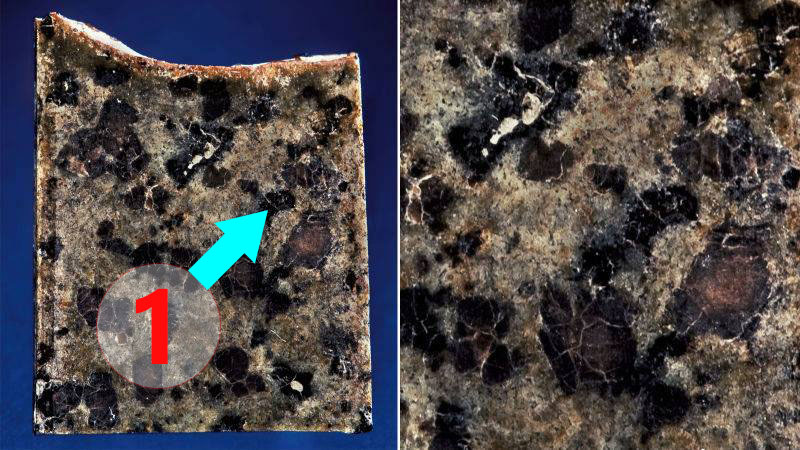
A slice of a Martian meteorite, which was discovered in Dar al Gani, Sahara Desert, Libya, on May 1, 1998. Its spinach-green matrix is interspersed through with black olivine phenocrysts. THANK S
Photo: Heritage Auctions
http://gizmodo.com/30-starry-wonders-hiding-inside-of...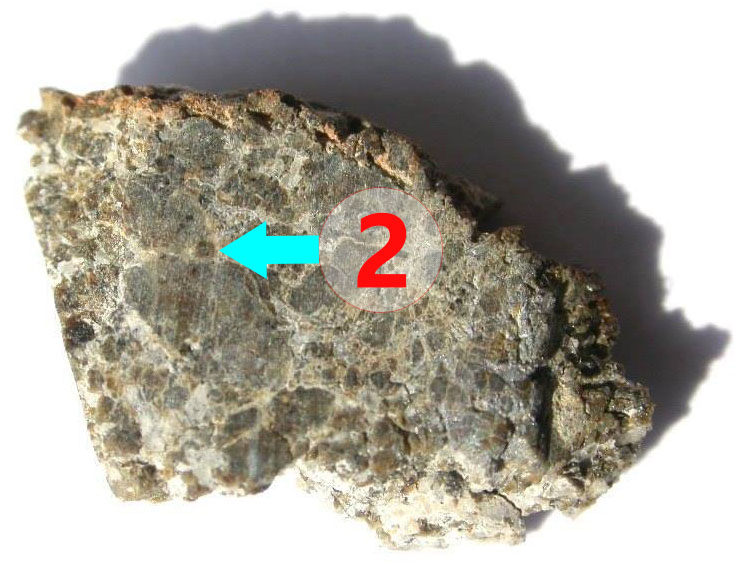
meteorite-mars.com
Page aimée · 27 avril · Modifié ·
Pas dans le journal
Chassignite NWA 8694 (a single 54.80g)
Chassignite NWA 8694, martian meteorite, Mars Meteorite 0.162g part slice
Weight : 0.162 g Size : 7 x 4 mm
1 180,00 USD
Environ 1 103,27 EUR
http://www.ebay.fr/.../Chassignite-NWA-8694.../321811749106
The missing link between the Chassignites and Nakhlites?
This is a cumulate dunite (85% olivine) with an adcumulate texture with small patches rich in interstitial material having an orthocumulate texture
Part slice with fusion crust
Weight : 0.162 g Size : 7 x 4 mm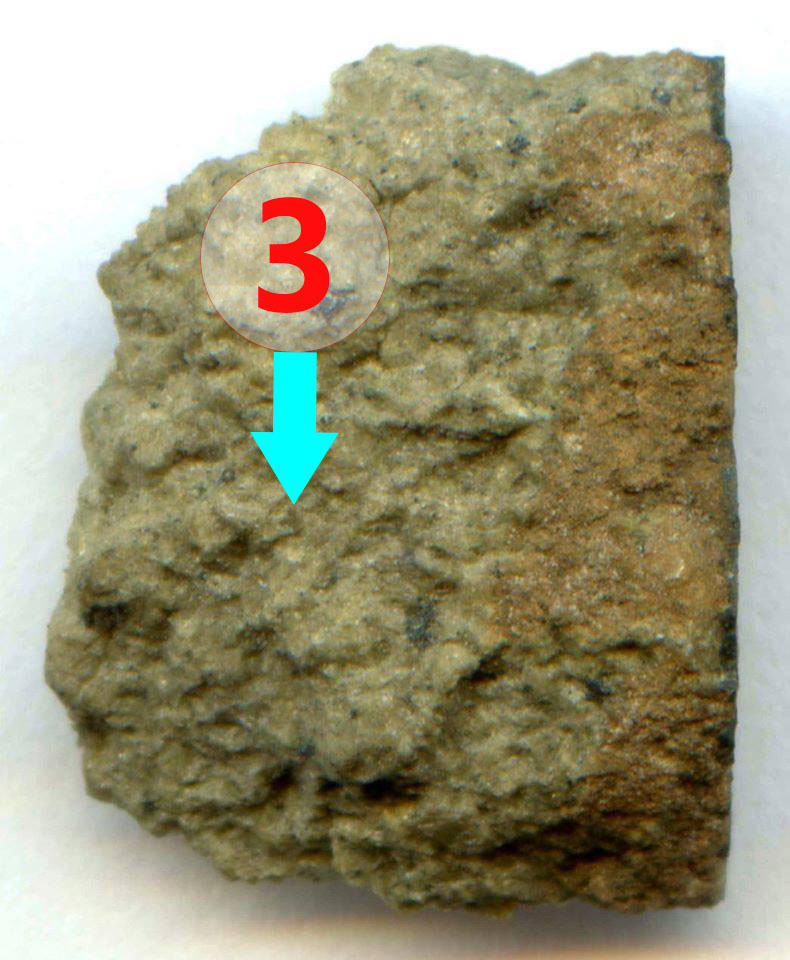
http://www.meteoritestudies.com/protected_CHASSIG.HTM There are only four Calcium poor Martian Meteorites in the world - ALH84001, Chassigny, Dhofar 378, and NWA 998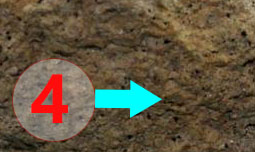
The Chassigny meteorite is the first Martian meteorite that has entered meteorite collections, in 1815-1820s, even though its Martian origin was only recognized in the 1980s. The displayed piece is the second largest known worldwide.
gnetitehould never attempt to visit any sites listed in mindat.org without first ensuring that you have the permission of the land and/or mineral rights holders for access and that you are aware of all safety precautions necessary.
References
Mason, B., Nelson, J. A., Muir, P., & Taylor, S. R. (1976). The composition of the Chassigny meteorite. Meteoritics 11(1): 21-27. |

